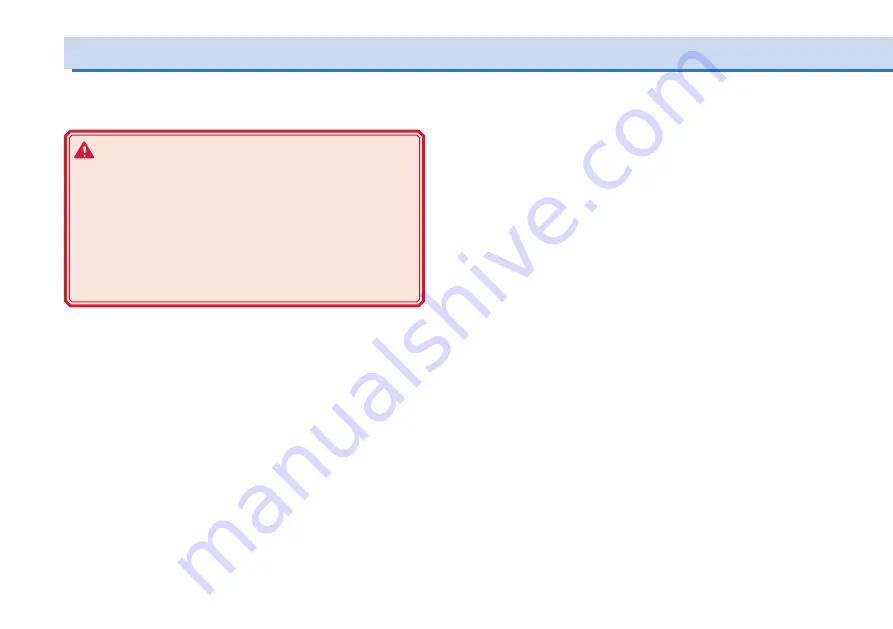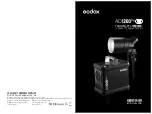
14
PWR Series Setup Guide
Note the following points concerning the wire used to connect the
load.
WARNING
•
To prevent fire, use a load wire with sufficient current
capacity with respect to the rated output current of the
power supply.
• Possible electric shock. Use a load wire with a higher
voltage rating than the isolation voltage of the PWR.
For the isolation voltage of each model, see “Specifi
-
cations” of the user's manual on the accompanied CD-
ROM.
Current capacity of the load wire
If the current rating exceeds the maximum rated output current, the
wire will remain intact even if the load is short-circuited. Load wires
must be rated to carry the maximum rated output current of the
PWR.
Allowable current of the wire dependent on the
maximum allowable temperature of the cable insu-
lation
The wire temperature is determined by a current-caused resistance
loss, ambient temperature, and thermal resistance to the outside.
Table shows the allowable capacity of current that can flow through
a heat-resistant PVC wire (single wire) having a maximum allowable
temperature of 60 ºC when the wire is stretched horizontally in the
air at an ambient temperature of 30 ºC. If the condition is such that
PVC wires with lower heat-resistant temperature are used, ambient
temperature exceeds 30 ºC, or the wires are bundled resulting in
low heat radiation, the current capacity needs to be reduced.
Taking measures against noise
When connecting wires that have the same heat-resistant tempera-
ture, more current can flow by separating the wires to make heat
radiation as great as possible. However, installing the + (pos.) and
- (neg.) output wires side by side or bundling them together is more
effective against unwanted noise. The Kikusui-recommended cur-
rents shown in Table are allowable current values that have been
reduced in consideration of the potential bundling of load wires.
Use these values as a guideline when connecting load cables.
Load Wire






































